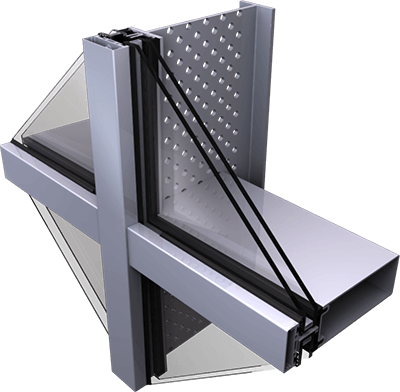 Curtainwall Infinity System
Curtainwall Infinity System

The SteelBuilt Curtainwall Infinity™ System can use as a back mullion almost any type of custom steel member, allowing architects and designers to use larger areas of glass, smaller frame profiles and greater free spans. The design flexibility allows curtain walls to be incorporated into a nearly limitless range of building types, designs, and performance requirements.
KEY FEATURES
|
Optional Features
|
Testing
Frame tests performed in accordance with:
| AAMA 501.1 | Dynamic Water Penetration |
| ASTM E283 | Air Performance |
| ASTM E331 | Static Water Penetration |
| ASTM E330 | Structural Performance |
Back Mullions
Almost any type of custom steel member can be used for a back mullion–such as stainless steel, box, I-beams and T-shapes.
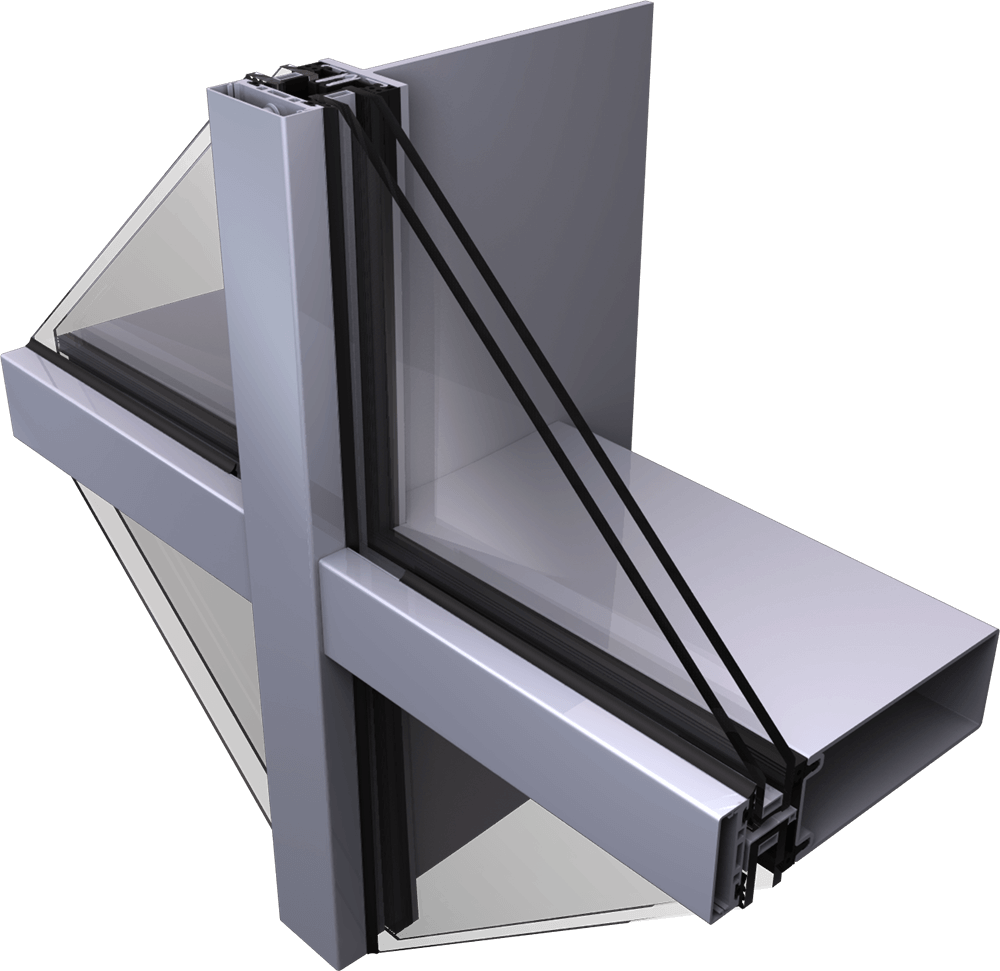
T-Shape
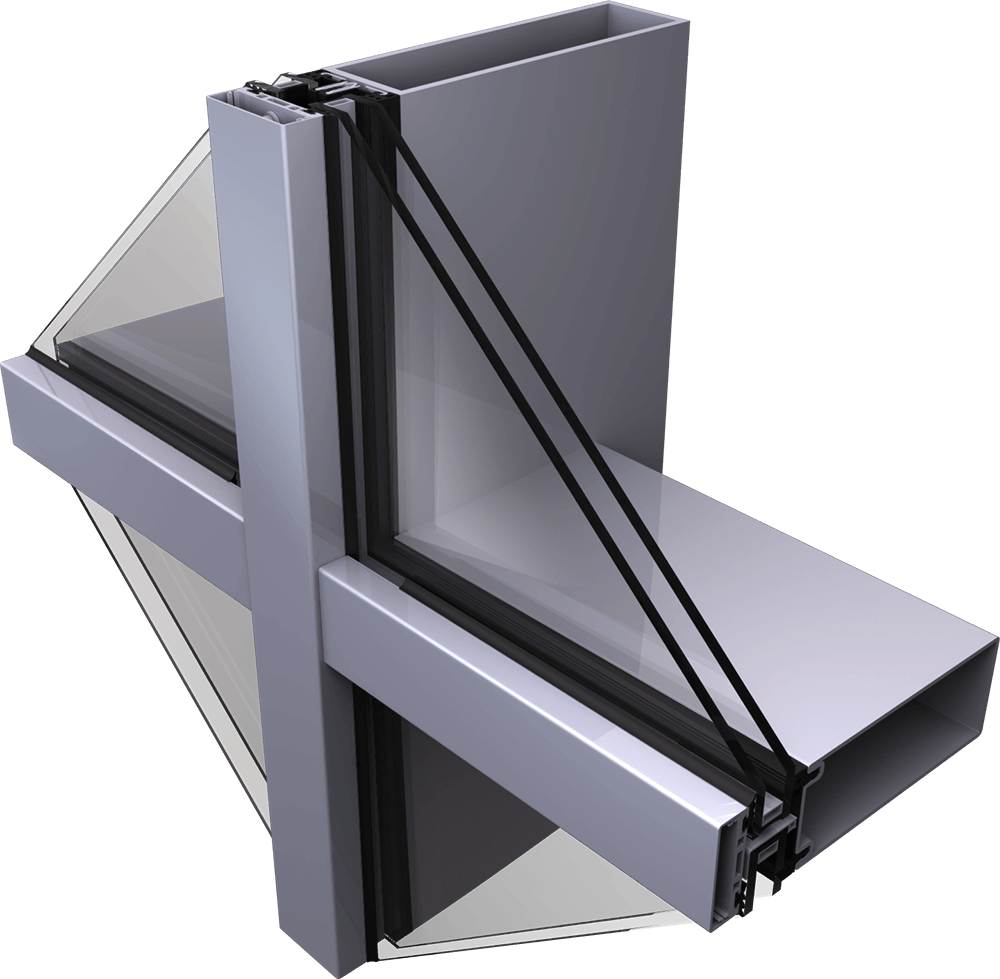
Box Beam
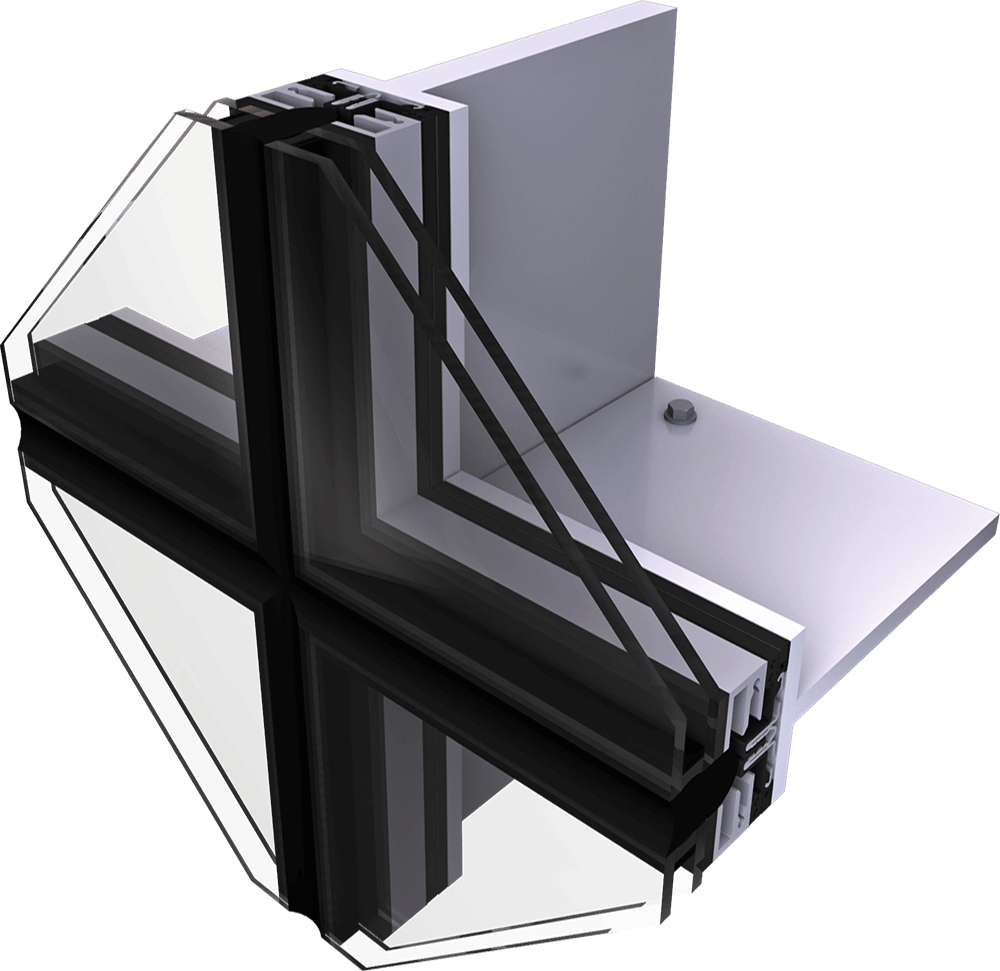
T-Shape with SSG
Comparison
SteelBuilt Curtainwall® Family vs. Typical Aluminum Curtain Wall
Not as durable as steel
Less reinforcement required (if any)
Durability
Less reinforcement required (if any)
Durability
Design Ideas
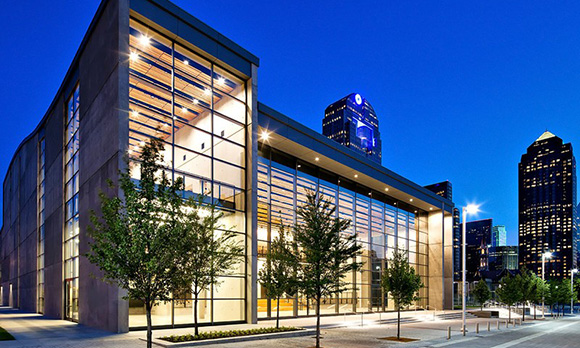
Curtain Wall Basics
Learn about the different types of curtain walls, steel vs. aluminum systems, product testing, how curtain walls can contribute to LEED standards, curtain wall applications, innovations, challenges and more.
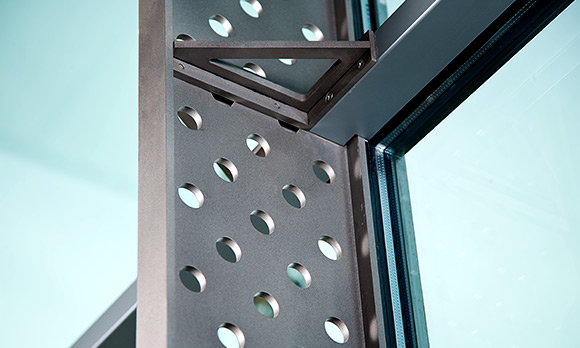
Steelbuilt Design Options
Explore this interactive tool to get a feel for the various benefits and options available when building with SteelBuilt Curtainwall® Systems.





